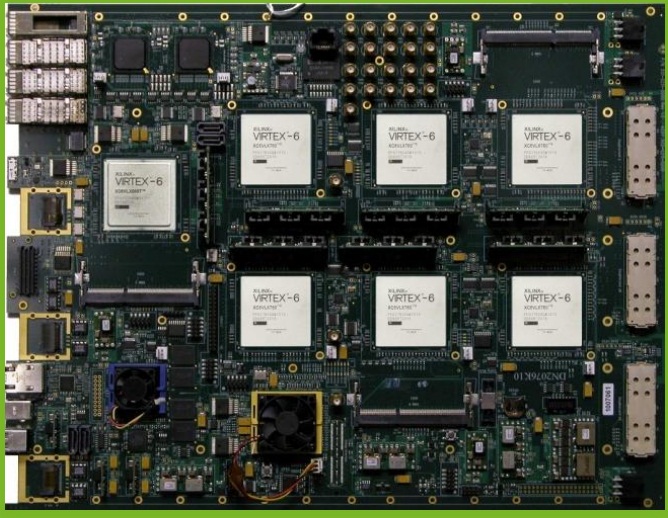ARM v8 architecture processors go to server

The ARM processor architecture has its small but dedicated army of fans on Habré. And although until today the overwhelming majority looked at ARM processors as solely a processor for mobile devices, it was already clear to many that the possibilities of ARM were not exhausted by the “processors for tablets”. However, even regularly appeared on Habré announcements about "server" platforms based on ARM architecture processors could not convince skeptics. Anyway, in the existing form, these processors on the "server" did not pull, remaining a niche solution, something like a couple of years ago that became popular "server on the Intel Atom".
However, times are changing, and this old-timer processor architectures (not everyone knows that the first processor of the ARM architecture appeared 28 years ago, in 1983, and ARM as a family of architectures, the same age as i386) finally, it seems, has grown to servers.
In late December, ARM announced a new processor architecture — ARMv8, which is server-oriented, and Applied Micro (APM, formerly known as AMCC , Applied Micro Circuits Corp.) offered a reference design board, X-Gene Platform, to demonstrate the capabilities of the new product. .
')
Here it is necessary to make a reservation that such a long history of this architecture, as well as its extensive licensing to various independent developers involved in the development of the family, often without communication with each other, led to the fact that the naming scheme for versions of processor families and their architectures can be made crazy. Those who wish to deal with it on their own can try to do it from the Wikipedia article , it goes far beyond the scope of this article and draws on a separate, full-fledged article by itself.
If you understand this, you will understand why I call the ARMv8 architecture new, although there are processors with the name ARM9 and ARM11 on the market for a long time.
So, first of all, about the technical characteristics of the new architecture processors:
- Full 64-bit ARM core
- Hardware support for both CPU and I / O virtualization.
- 64-bit virtual and 40-bit physical addressing
Currently, the architecture is available as an FPGA, and will appear as a full-fledged independent System-on-a-Chip APM X-Gene in the second half of 2012.
APM X-Gene is:
- Super scalar processor architecture, with Out-of-Order executing 4 instructions per clock.
- 3GHz clock frequency
- Dual core processor module with split L1 cache for instructions and data and shared L2
- Scalable to 128 cores.
- Coherent non-blocking system bus with QoS and memory bandwidth and I / O devices up to 80GB / s (gigabytes!)
- Integrated 10Gb Ethernet and PCIe, with the ability to connect an external 100Gb Ethernet
- To be produced at TSMC using 40 / 28nm technology
- Power consumption - about 2W per core at full load (0.5W in idle mode).
- Ready ported LAMP application stack
Now, perhaps, it is already possible to seriously say that ARM comes to the server.
Another read on:
- ARM V8 Press Release: www.arm.com/about/newsroom/arm-discloses-technical-details-of-the-next-version-of-the-arm-architecture.php
- AnandTech: www.anandtech.com/show/5027/appliedmicro-announces-xgene-arm-based-socs-for-cloud-computing
- Ars technica: arstechnica.com/business/news/2011/10/arm-aims-for-the-server-room-with-its-new-64-bit-armv8-architecture.ars
- CIDR Paper on low power computing: mvdirona.com/jrh/talksandpapers/jameshamilton_cems.pdf
- The Case for Energy Proportional Computing: research.google.com/pubs/pub33387.html
- ARM V8 Architecture: www.arm.com/files/downloads/ARMv8_Architecture.pdf
- APM X-Gene on ARMv8: perspectives.mvdirona.com/2012/01/02/ARMV8Architecture.aspx
Source: https://habr.com/ru/post/135723/
All Articles